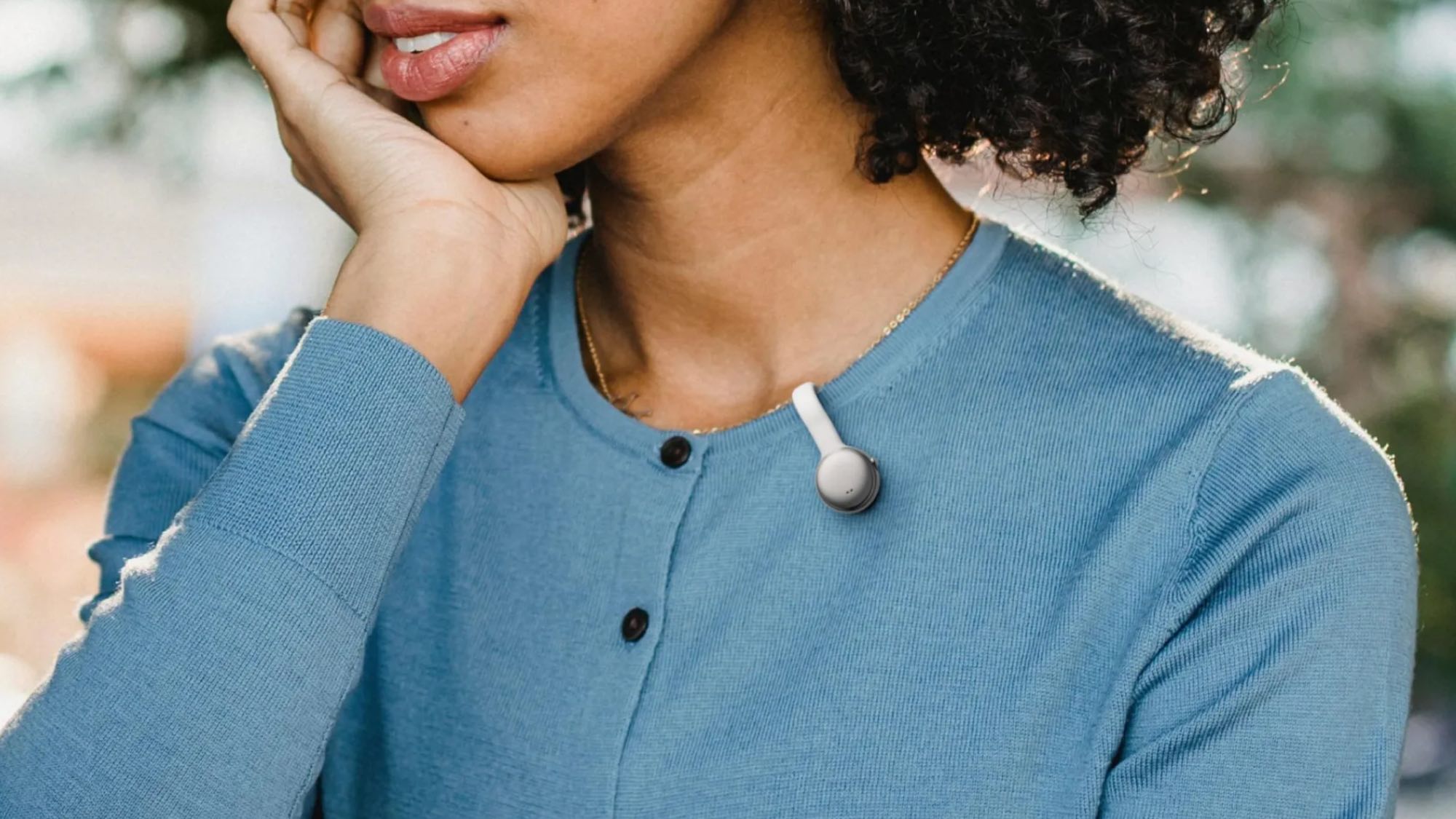Tom's Guide Verdict
Canon's GX 7 is a powerful competitor to the Sony RX100 III, and the best of the current bridge cameras.
Pros
- +
Compact body
- +
Excellent image quality
- +
Customizable front dial
- +
Touch-screen controls and focus selection
- +
Very fast, accurate autofocus
Cons
- -
Short battery life
- -
Unreliable wireless connectivity to smartphones
Why you can trust Tom's Guide
Who's it for: Advanced amateurs or professionals looking for the capabilities of much larger camera in a compact body.
While smartphones are commandeering the entry-level and intermediate photography markets, camera manufacturers are racing to beef up their compact camera offerings. These powerful "bridge" cameras are aimed at advanced enthusiasts (or even professionals) looking to create beautiful photographs while carrying less gear than even an interchangeable-lens mirrorless system requires.
Canon helped pioneer this category with the G1 back in 2000. The new 20-megapixel G7 X, selling for $700, is Canon's first attempt in years to get a G camera down to pocket size. The G7 X is remarkably similar to the $800 Sony Cybershot RX100 III, which was our top choice among bridge cameras until now. Here's why the Canon comes out on top.
Design and Features: Sony's fraternal twin
The G7 X looks incredibly similar to the Sony RX100 III. Control surfaces and dials are in the same places, and the two cameras have nearly identical lenses. The Canon is missing the pop-up viewfinder featured on the RX100 III, but adds a dedicated exposure compensation dial, and its 3-inch LCD is a touch screen. The Canon weighs 10.7 ounces and measures 4 by 2.4 by 1.6 inches.
MORE: Best Bridge Cameras
The G7 X has a 1-inch 20MP sensor with an ISO range of 125 to 12,8000 — just like the RX100 III. A Canon exec stated in an interview that Canon didn't make the sensor inside the G7 X, and many experts suspect it may use the same sensor as the Sony Cybershot RX100 III (see review). Regardless, the G7 X uses Canon's own latest DIGIC 6 processor for image quality and performance.

The G7 X also boasts a different lens, with a maximum f/1.8 aperture at the widest setting that stops down to a still-generous f/2.8 at the long end — perfect for low-light shooting and shallow depth of field. The 4X zoom range is 24-100mm (35mm equivalent), giving it 30mm over the RX100 III. But in practical use, that doesn't feel like much. For far-away subjects, the 30mm doesn't really increase the reach significantly because increases have less of an effect on the image's field of view at the telephoto setting than they do at the wide end.
Get instant access to breaking news, the hottest reviews, great deals and helpful tips.
Controls: Quick and easy
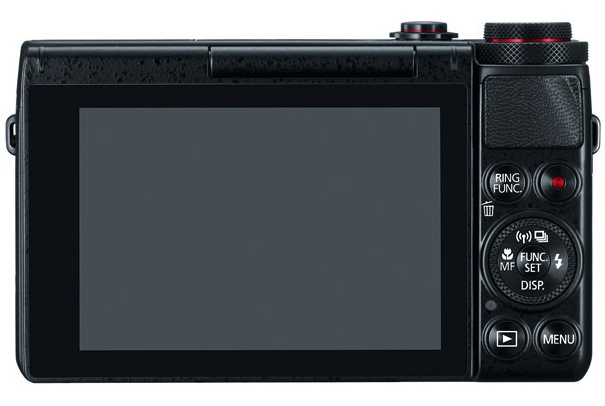
The G7 X has a 3-inch, 1-megapixel rear touch screen (vs. a 3-inch, 1.2 megapixel non-touch-screen on the Sony.) The G7 X's screen can flip up 180 degrees for selfies, but can't tilt downward for viewing when you're holding the camera above your head, as Sony's screen can do.
I did miss the OLED electronic viewfinder (EVF) on the Sony RX 100 III. There are times when only a viewfinder will do, such as sunny days when the rear screen is hard to see, or when I want to stabilize the camera against my face to reduce shake.
There are a few nice touches on the G7 X, the first being the on-lens control dial that is tied to a button on the rear labeled "Ring Func." Pressing this button brings up a menu of camera settings to assign to the front lens control ring: ISO (light sensitivity), zoom and white balance.
MORE: New Fixed-Lens Cameras Challenge DSLRs and Mirrorless Models
Another nice touch not found on the Sony is the exposure compensation dial on the top deck, under the main settings dial, for quick adjustments. The dial is just stiff enough that bumping it won't accidentally change the setting. (See "Controls Ease of Use" at the end of the review for details about all major settings.)
Image Quality: Excellent all around
The Canon G7 X is a brilliant camera that produces incredible images. Aside from a few glitches with close-up shooting (which I'll discuss below), the G7 X produces some of the nicest images I've seen in this class of camera. The G7 X saves images as JPEG or RAW files (or both simultaneously). The RAW files aren't (as of this writing) supported in Adobe Lightroom or Photoshop. But I was able to use Canon's (clunky) Digital Photo Professional to check the quality of the RAW in order to assess how well the in-camera JPEG processing works. The JPEGs in the Super-Fine setting (which I recommend) look nearly identical to the RAW files, without artifacts or loss in sharpness.
(For all sample photos, you can click to view a larger version, unobstructed by ads.)
Color: Vivid yet realistic
This photo of an apple orchard is one of my favorite examples. The gradations of the blue sky and the many shades of the grass match what my eye perceived.
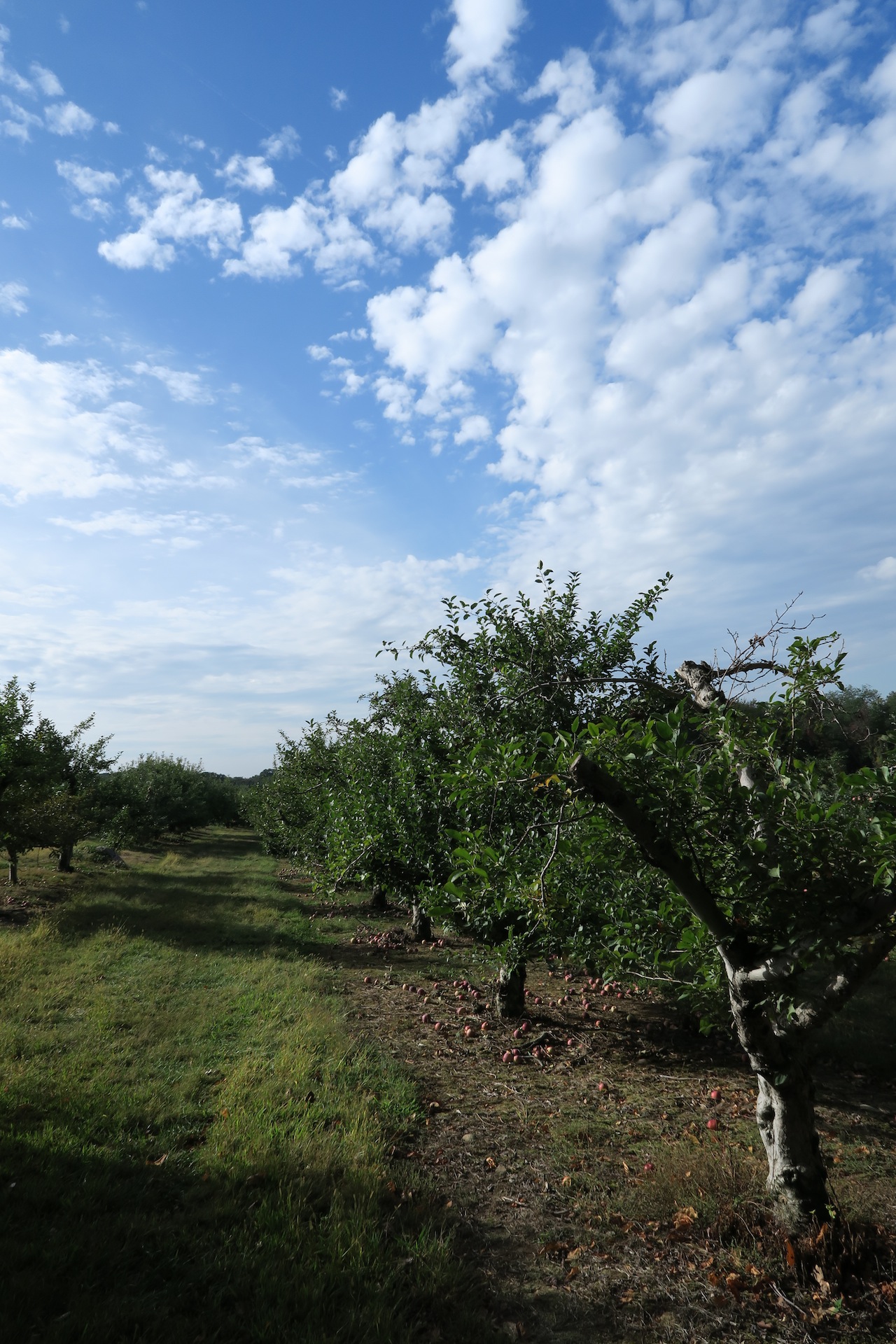
This photo of pumpkins shows incredible subject sharpness (look at the detail on the stems) and a soft blur on the background. The soft focus causes some chromatic distortion on the background (the green tint on the window frames), but that's acceptable because there are no chromatic problems in normal shooting.

In many cases, I was surprised at how vivid the images were, without being oversaturated or artificial looking. The G7 X nicely tows the fine line between vivid and phony.
Pink is a hard color for a camera to accurately capture, and in this shot, the G7 X handled the different shades of pink perfectly.

Dynamic Range and Metering: The limits of small sensors
The G7 X's few image-quality shortcomings revolve around dynamic range (the representation of shades from the brightest to darkest elements in photos) and JPEG compression. Dynamic range limitations are common for cameras with small sensors. The Canon's 1-inch sensor is about twice the size of those in many compact cameras, but only about 13 percent the size of a pro DSLR's full-frame sensor.
This shot of an apple farm stand shows no detail in the dark interior.

The image would have had better dynamic range, and therefore more shadow detail, on a camera with a larger sensor. But the G7 X's light-metering system made good choices given the sensor's limitations. It sacrificed shadows in order to prevent overexposure of the midrange and highlights, effects that would be more noticeable. The Sony RX100 III also capably metered complex scenes like this.
In this shot, the G7 X likely took a cue from the face-detection AF and metered for the skin tone in my son's face, allowing the clouds to blow out but leaving the face and the darker clothing as well-exposed as can be expected for a sensor with limited dynamic range.

MORE: Best Mirrorless Cameras
In fact, the Canon G7 X does a great job with skin tones in general. It's better than the Sony RX100 III, which had a tendency to reproduce faces with an unnaturally cool blue cast.
Sharpness: Excellent throughout
With a lot of compact cameras, the sweet spot for good exposure and sharpness is about halfway through the aperture range, but the G7 X shoots sharp across the full range of f/stops, even full-open at f/1.8 and the widest setting of 24mm. That's rare in a compact camera (or any camera really), and the resulting images are capable of a level of "bokeh" or background blur that's unusual in a compact.
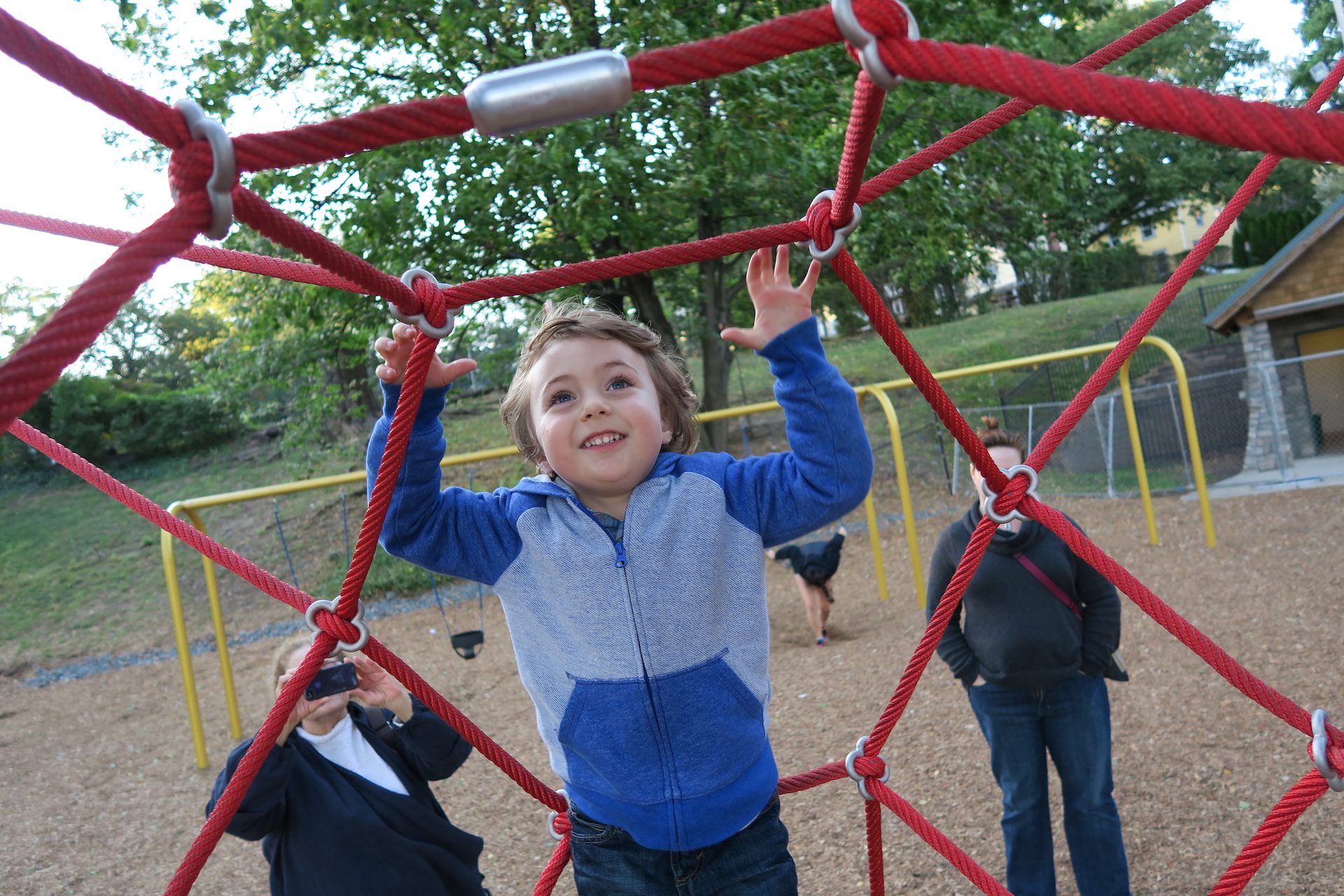
These results are equal to the Sony RX100 III, which is one of the most tack-sharp cameras I've ever tested.
Image Quality Problems: JPEG and close focus
On a trip to Central Park, it became obvious that this camera was excellent at covert "street" photography. Here, I was a foot or so behind the subjects, but the shutter was so quiet that they went right on enjoying the view and each other's company.

With the JPEG compression at the default Standard setting, the clothing and skin of the couple appeared unexpectedly blotchy and jagged in the original image. (This version has been sized down to fit the page.) My suggestion is to turn the camera to the Super-Fine JPEG setting (or RAW+JPEG), which produced great quality.
The Canon G7 X has macro capability for extreme close-ups (as evidenced by the yo-yo and train photos in the High ISO sections below), but I found it to be quirky at best. Sometimes the autofocus failed to lock on close objects. Sometimes the camera indicated that it had locked focus, but the LCD preview and resulting image were blurry.
MORE: How Many Megapixels Do You Really Need?
The Sony RX100 III, in comparison, has a great macro mode that locks on instantly. For macro photography with the G7 X, I suggest switching to manual focus mode and experimenting with the camera-to-subject distance until the photo appears sharp, which you can do easily with the large LCD.
High ISO: Surprisingly clean
Compact cameras typical perform very poorly at high ISO/low light situations, but thanks to the relatively large sensor in the Canon G7 X, this camera is much more useful in low light than are most compacts.
At ISOs from 1,000 to 2,000, the G7 X still produces great images with little noise (graininess) or saturated colors. This still life at ISO 2,000 is good enough to use without needing to remove noise in an editing program.
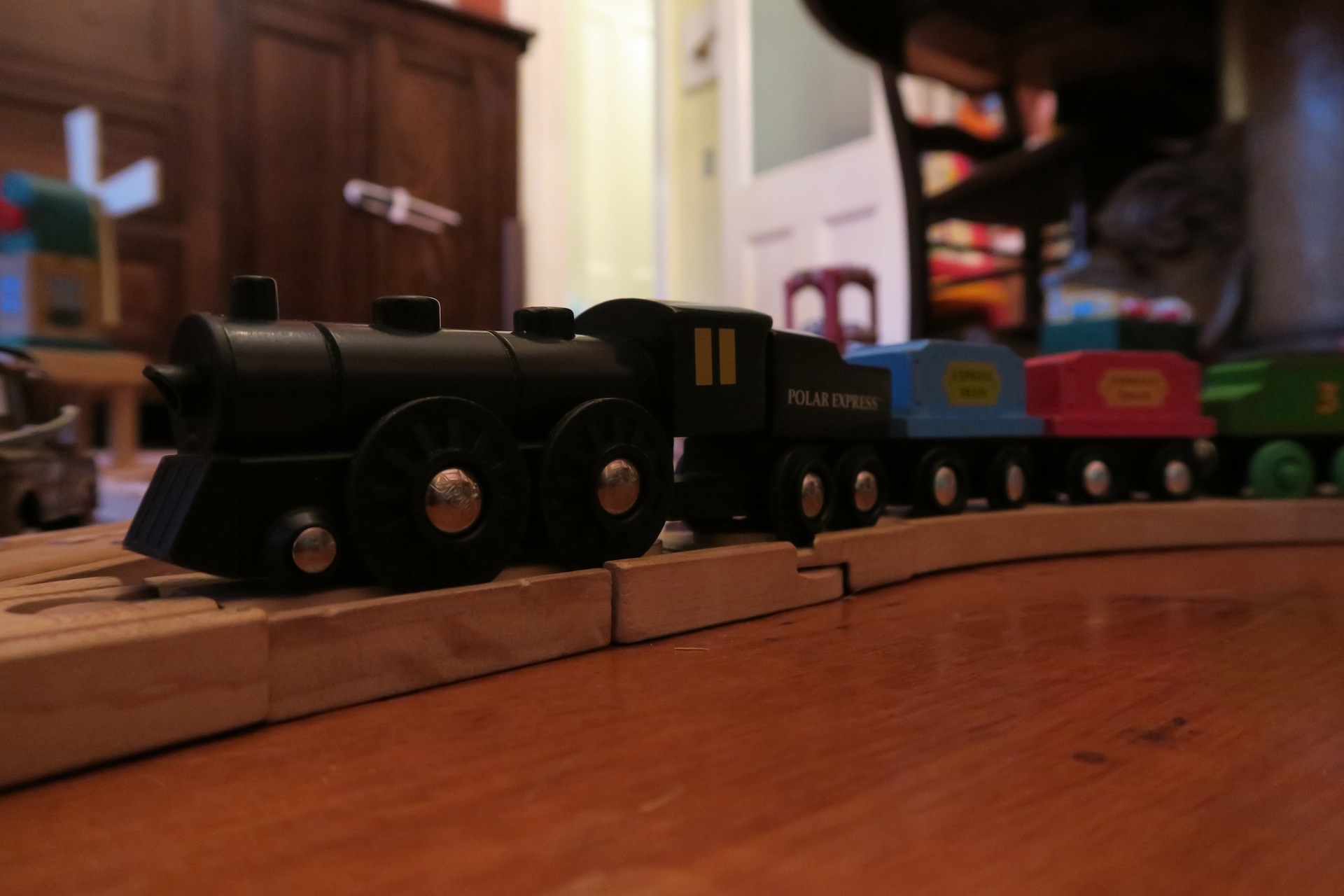
At ISO 5,000 – a setting likely to be noisy even for an entry-level DSLR with a much larger sensor — the Canon turns out great results. The amount of detail in this image is spectacular considering that the only illumination was from a child's nightlight a few feet from the yo-yo.

In this photo, the same nightlight provides the illumination, only from a few feet away. While this shot wouldn't win awards for image quality, it's still surprisingly clean. There are very few cameras in this class that produce images this clean at ISO 8,000, and the results are even better than from some Micro Four Thirds mirrorless cameras I've tested.
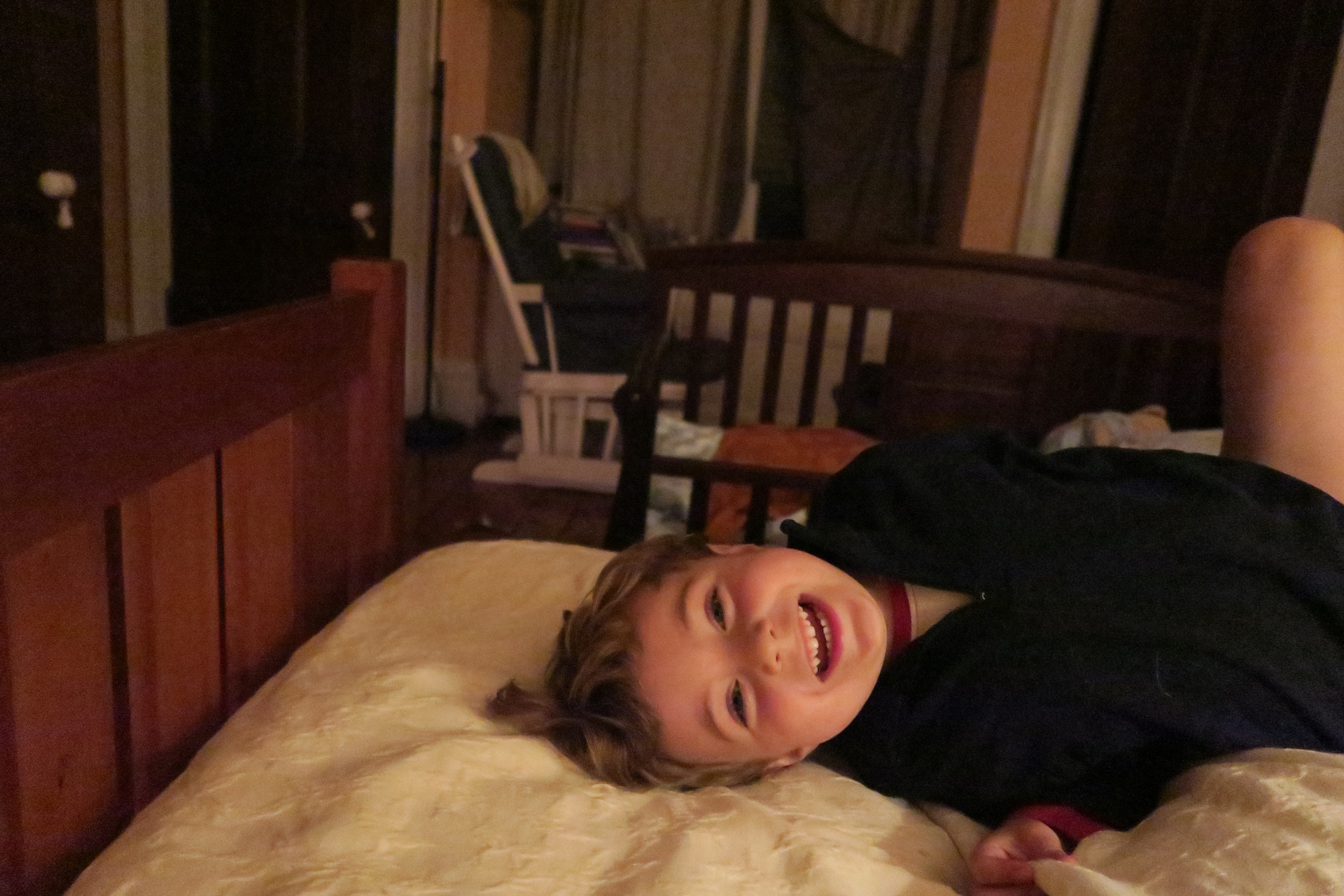
At ISO 12,800, the images quality is poor, but still useable in a pinch for a snapshot or a Facebook post. Although from my tests of the RX100 III, I think the Sony slightly outshines the G7 X at ISO 12,800.

PHOTO IMG_1648.JPG 1/60 f/5.6; ISO 12,800; 8.8mm
Autofocus and Speed: Fast and accurate
Our review of the Sony RX100 III found that it was excellent at autofocus, and the G7 X is every bit its equal. That's thanks to the G7 X's High Speed AF with 31 points across the field of view. The camera's fast Digic 6 processor allows the G7 X to shoot bursts up to an impressive 6.5 frames per second.

I followed my son and his friends around and managed to track their furious activity without many issues. Occasionally, a flailing arm or sudden tumble would throw off the focus, but with the camera set in AF-C (continuous autofocus) and Face Detect, it missed very few shots.
Here, for example, the apples suddenly raised in front of the face would throw off most autofocus systems, but the Canon (even at a super-shallow f/1.8 aperture) maintained focus on the subject's eyes.

I turned on Face Detect autofocus at all times, since the camera falls back to detecting the most-likely subject when there are no faces in the frame. Many cameras get confused if there is no face in a frame, but the Canon G7 X doesn't skip a beat, as was the case with the Sony RX100 III.
When I wanted to selectively pick a focus point in a landscape or still life, I tapped the area where I wanted the camera to focus. This is why I love touch-screen LCD displays: They make focusing a zero-button affair. This is something missing on the non-touch-screen RX100 III.
Video Quality: Smooth and sharp
The Canon G7 X captures excellent-looking video with continual autofocus and smooth motion.
In this video of my son launching a stomp rocket, notice how the camera stays locked on his face despite movement by both the subject and videographer (me). This is largely due to the camera's excellent image stabilization.
MORE: Best Phone Cameras
The Sony camera uses a better video-compression system that looks smoother and richer. But the G7 X's footage is perfectly fine for a photographer primarily shooting stills, with a bit of video thrown in. And since both cameras are limited to built-in mics, they aren't really up to the task of high-end video shooting.
Battery Life: Abysmal
The battery in the G7 X is rated at 210 shots — pretty poor, especially since the RX100 III captures 320 shots on a charge. On the apple-picking shoot, I ran out of power before the kids ran out of playing. I had started the previous day with a full charge and shot about 80 photos, and the camera gave up the ghost after around 100 more shots. However, I was heavily using the LCD screen to review test shots, which is a big power drain.
It might be a good idea to buy a backup battery, though at $60, this isn't a cheap option.
Wi-Fi: Clunky
Like other Wi-Fi–enabled cameras, the Canon G7 X falls short of expectations. The camera is supposed to establish a Wi-Fi connection when touched with an NFC-capable phone like the Samsung Galaxy S5 I tested, but it failed in my tests.
I was able to manually configure a Wi-Fi connection with the Galaxy S5 and use the Canon CameraWindow app to control the camera and transfer pictures to the phone. Using an iPhone 6 Plus running iOS 8, I connected to the camera's Wi-Fi point, but couldn't remotely control it or transfer images. This is a common problem mentioned in user reviews of CameraWindow on the App store, regardless of the iOS version people were running.
Bottom Line
The G7 X is one of the most powerful bridge cameras yet, producing incredible images with the creative controls an advanced user needs, even while traveling light. Though the RX100 III is very similar in most respects, the G7 X's superior color, especially for skin tones, gives it an edge.
It's a shame that the camera gets so few shots on a single charge. The underpowered battery is one of the G7 X's few drawbacks. A photographer who prefers to have a viewfinder option would do better with the Sony RX100 III. But for anyone else, the Canon G7 X is the clear choice.
Controls and Ease of Use
The touch screen and clever use of space mean very little button presses to reach a setting. (If any setting has a dedicated button or knob, the number of steps to reach is it zero.)
| Setting | Steps/button presses | Function |
|---|---|---|
| Shutter | 0 | Length of exposure |
| Aperture | 0 | Amount of light let in |
| ISO | 1 | Light sensitivity |
| Focus mode | 1 | Point or points used for focus |
| Light metering | 1 | Part of image with optimized exposure |
| White balance | 1 | Overall color cast of image |
| Exposure compensation | 1 | Set auto exposure to be darker or lighter |
| Wi-Fi sharing | 1* | Send images to smartphone, activate remote viewfinder |
| Video recording | 1 | Switch from photo to video and back |
| Play | 1 | View images or videos you've shot |
| Delete image | 2 | Erase photo from memory card |
| Photo capture resolution | 1** | Number of megapixels |
| Photo capture quality | 1** | Amount of JPEG compression/detail, or RAW |
| Video capture resolution | 3 | Lines of resolution and frame rate |
| Video capture quality | 3 | Amount of compression/detail |
| Drive | 0 | Single photo, burst, timer, etc. |
| *Multiple steps to configure, one button to launch**1 or more, depending on settings |
Key specs
Model name: Canon PowerShot G7 X
Megapixels: 20
Type: Compact
Price: $700
Shots per second: max 6.5fps
Autofocus: 31 Point, contrast detection
Shutter-speed range: 1/2000 to 40 seconds
ISO range: 125-12,800
Main video resolutions/frame rates: 1,080p at 60 fps, 30fps; 720p at 30fps
Video file format: MOV
Ports: HDMI, USB 3.0
Shots per charge (CIPA standard measure): 210
Wireless: Wi-Fi
Image stabilization: optical
Dimensions and weight: 4.1 x 2.4 x 1.6 inches, 10.72 ounces
-
mosc I do think the touch screen and familiar Canon UI are big features here. The sensor is if not identical to Sony then amazingly close. I would also mention the built in ND filter which is useful for playing around with bokeh in daylight, what little you can get from a 1" sensor anyway. Another point that should me made is the G7x's lens is about half a stop faster at 35mm than the RX100 despite identical apertures at the zoom ends.Reply
The Sony RX100m3's viewfinder is a make-or-break feature for most but for those who don't need it, Sony still sells the RX100m2 for less than the G7x and it adds the multi-function hot shoe over what the Canon offers. The lens is a good bit slower at telephoto but most of the time these things get used at wide (as your shots exemplify).
The Sony m3 also brings a few video features to the table that are worth noting in 50mb/s 1080p video and no line skipping. I think it's important to note that video cameras are rarely this poketable (RX100m3/g7x) and there are those very interested in video that will not lug around a larger camera and would appreciate knowing these differences.
Sony wins if a hot shoe (RX100m2), viewfinder, or video bitrate are important to you and has a lower priced option in the original RX100 now selling at $500 if this is all too much to mess with but you want the quality of a 1" sensor in your pocket for cheap. That frankly doesn't leave much market in my mind to recommend the g7x to. The UI is great with the touch screen but most advanced users are going to demand a viewfinder. I'd only recommend the Canon if it comes down in price or if the UI is the main feature not the pictures/video.


